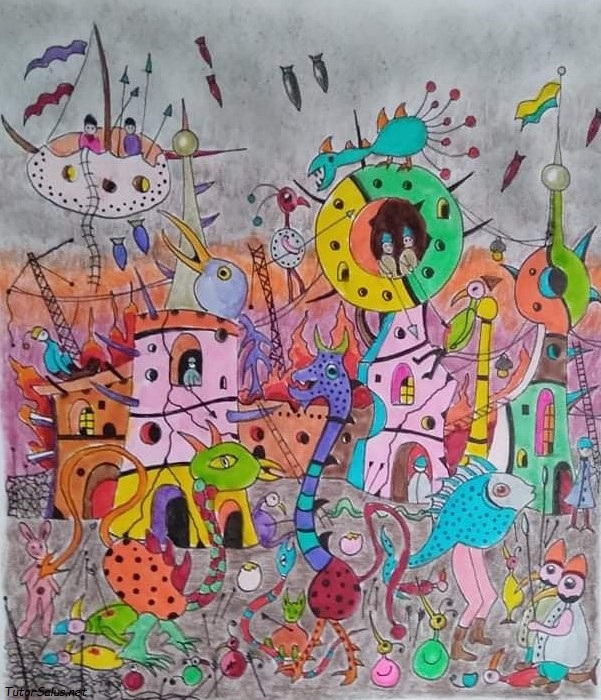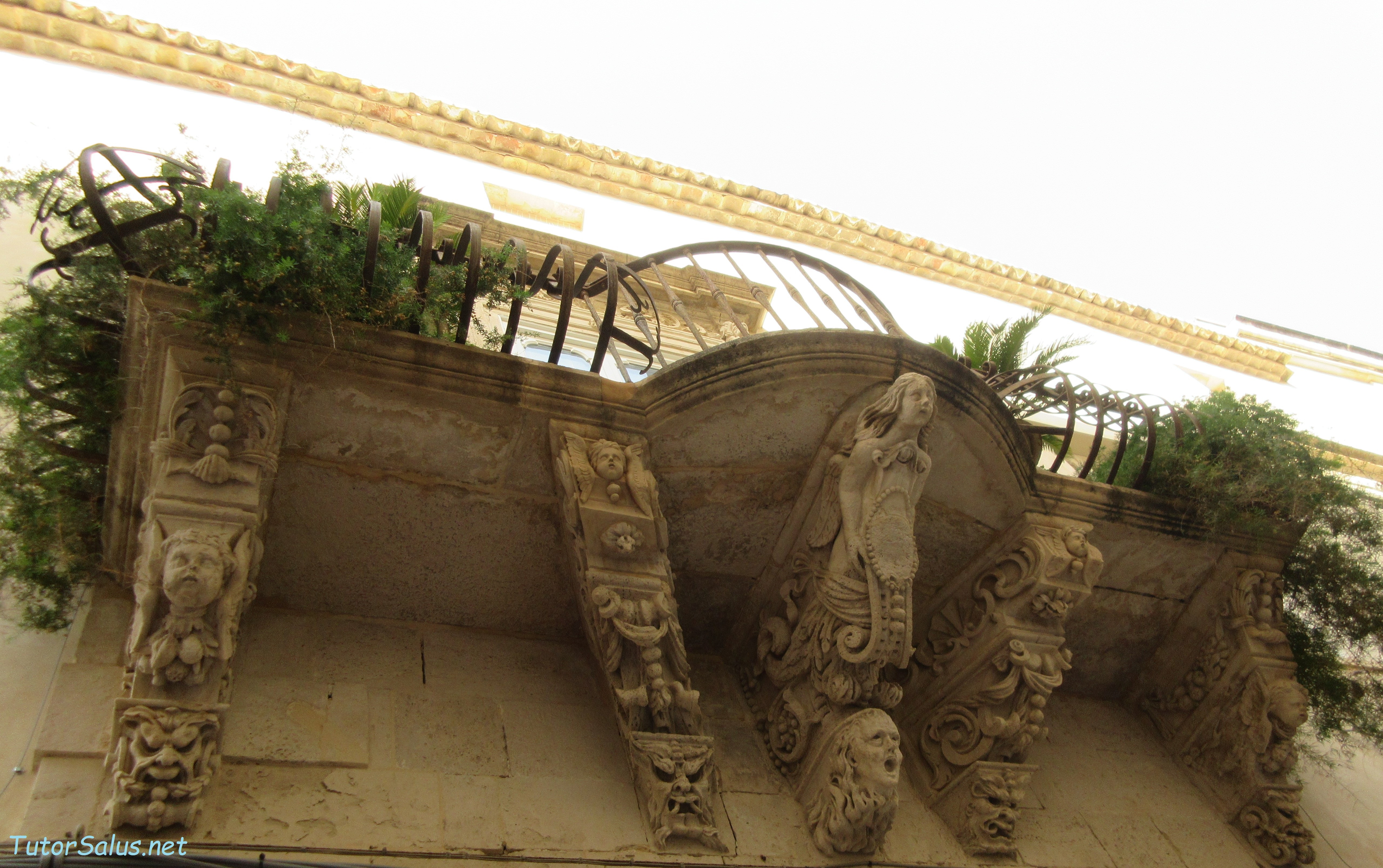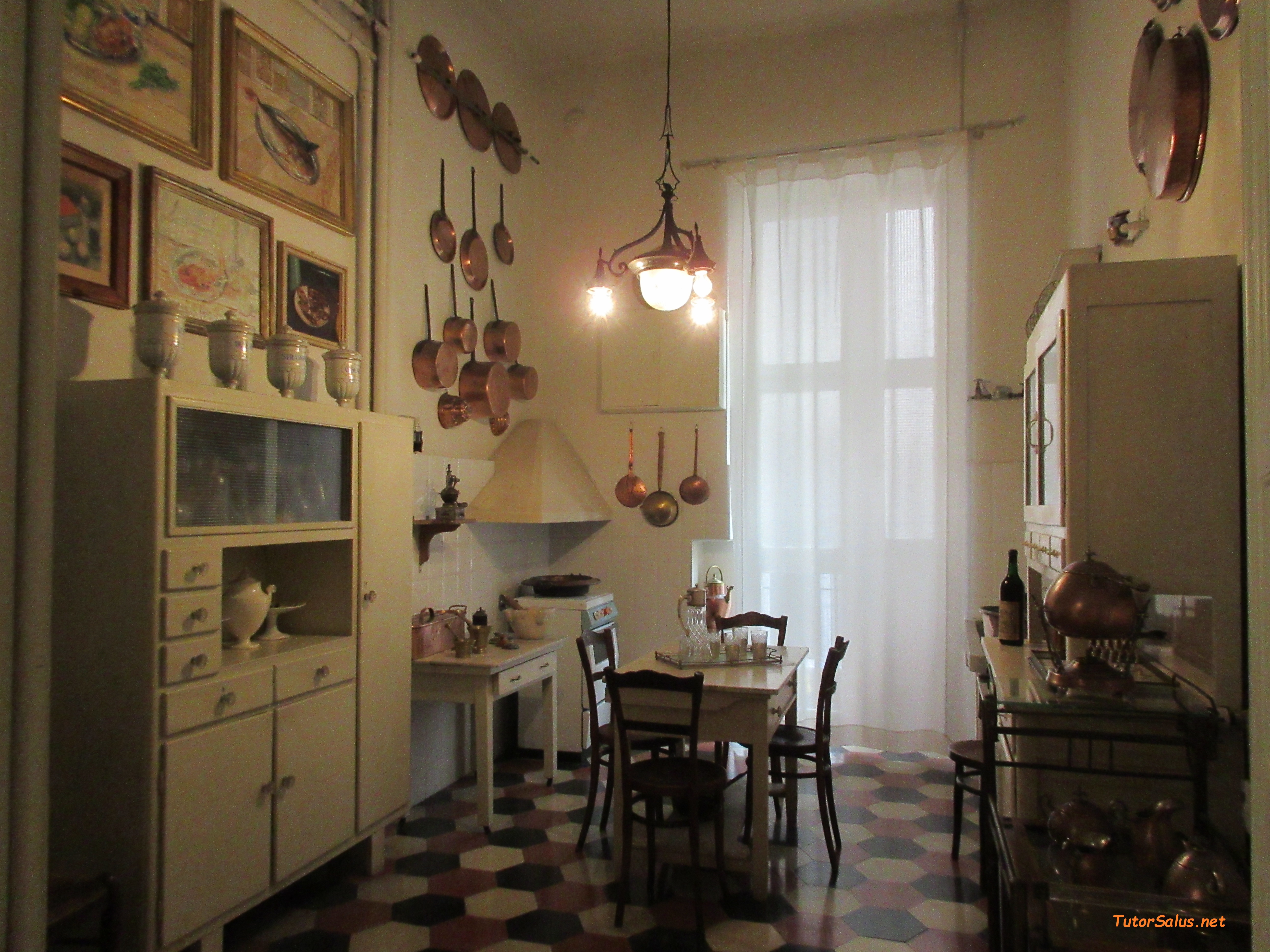Conversation with Stefano Frassetto[2].

“Ideas, or rather syntheses, early in the morning are the most usable ones, when thinking of things to do in the day didn’t take over : it’s a lightness that allows me to construct the story.”
“I can say that some light aspects of life always intrigued me, even at school : for example, I was born on October 1, 1968 and for all my first years of school the school year started right on my birthday!
Indeed, thinking about it, it was in class that I started drawing seriously : I was listening to my teacher and meanwhile my pencil ran across the paper. There must even be something left of an ‘Odissey’, or of a ‘Promessi Sposi’ which I enjoyed drawing comic parodies.”
And the portraits ? It would seem that you have a real talent, how did you start ?
“When I was a child I didn’t enjoy reading, I especially liked picture books : but someone gave me a comic that I still remember, it was called ‘Petzi’, I think the author was Danish. I liked it because the text didn’t invade the drawing, but it was a caption under the cartoon as in the old illustrated stories – think of ‘Signor Bonaventura’ in the ‘Corriere dei Piccoli’ which by the way I liked very much – and next to this caption was reproduced in small size the character who was speaking. That’s how I started reading, and then devouring, comics of all kinds…
Today I publish one strip a day for ’20 Minuti’, a newspaper that comes out in Switzerland and I draw portraits for the cultural pages of various Magazines : and although my work is aimed at readers, in front of them I would not be able to make portraits nor to conclude a strip (that’s what takes me the most time). But it’s a satisfaction to realize that what made me laugh had the same effect on others too. I often get messages from readers, who tell me what they particularly liked, maybe they ask me to continue a story carrying it on for several days.
How would you describe yourself ?
“I think I’m of a fairly calm nature, I was also as a child : but very quick to catch an expression, a special situation and to reproduce it by interpreting and often trying to simplify it. This is the reason why my thesis (in Architecture) was about how to transform a complex design, with perspective structure indeed, into an iconic image, mainly through the search for two-dimensionality. Still today the two-dimensionality fascinates me about how it manages to capture the reader’s attention : flash is visual, yes, but it refers to a tactile and a sensory that the viewer immediately recognizes, making so more ‘familiar’ the setting of the strip.
It’s everyday ethics, in short, a bit repetitive and predictable, also made up of all our clichés that can find a very rapid synthesis right in the humourous strip. Are you then a selective observer, and listener ?
“I listen music always, starting with classical music (I love Gershwin and Mahler) that I began listening with my father and with whom I liked to talk about. Anyway I like all kinds of music. Music is essential for me, while I’m drawing I couldn’t help it : it’s something that surrounds me and it clears my mind of all other thoughts.
Then there is colour and the choice of colours, an indispensable stage of my work : there are colours that I feel more mine, a certain yellow, or green, or blue. I always prefer the soft shades over bright ones. Colour is the last thing I put in the strip. When it is ready I deliver it to the Magazine and it’s time for the detachment : I know that from here on it will walk with its legs. So when a reader writes to me that he liked a strip, it seems to me like a distant son who calls you to tell you : “Hello dad, I‘m fine!”
Marina Bilotta Membretti / Cernusco sul Naviglio – March 19, 2022
<Original painting by Stefano Frassetto>
[1] ‘Ethica more geometrico demonstrata’ (1677) is the philosophic effort by Baruch Spinoza to demonstrate that Euclidean geometry, while recognizing objects’own qualities and rules, can come to explain human ethics.
[2] Stefano Frassetto is born in Turin in 1968. After his degree in Architecture at ‘Politecnico’ he begun as graphic novelist for local magazines. In the ‘90s he edited in France too, on ‘Le Réverbère’ and on ‘Libération’ : then he created ‘Ippo’ for ‘Il Giornalino’ and then the stripe ‘35MQ’ for the swiss magazine ‘20 Minuti’. In 2000 he came into ‘La Stampa’ as portraitist for cultural page and the insert ‘Tuttolibri’, then for the weekly ‘Origami’. Today he works also as a portraitist for Swiss magazine ‘Le Temps’. He published some original portraits for TutorSalus.net





